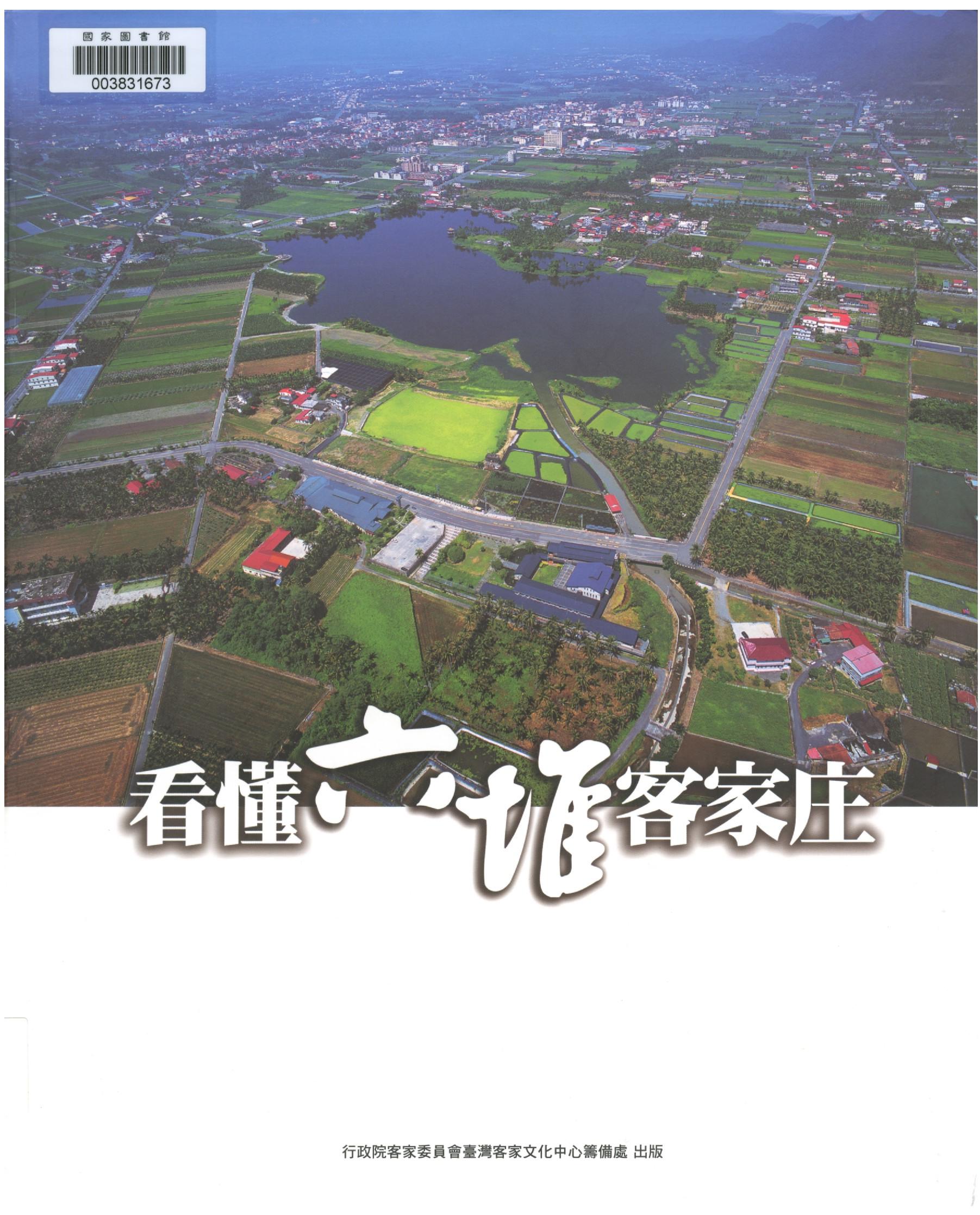
Research & Library
Understanding the Hakka Villages——Liugdui (Second Print)
- Source:客家文化發展中心
- Publication Date:2009/04/30
- Last updated:2025/11/08
- Count Views:37

Authors: Ting, Cheh-shyh, Ku, Shao-chi, Li, Yun-fei, Shih, Ya-hsuan, Chen Mei-zhen, Zeng, Zhao-xiong, Liu Hsiu-mei, and Lu Chien-ming
Publication Date: April 2009
Located on the plains of southern Taiwan, Liugdui—literally meaning “Six Divisions”—is a network of Hakka settlements that developed one after another along the riverbanks, forming a continuous chain of villages. These communities not only relied on rivers for irrigation but also used them as natural defensive barriers.
Since the earliest period of Hakka settlement, the pioneers applied their agricultural knowledge and engineering skills to dig artificial irrigation canals, transforming barren lands into fertile rice fields. Their ingenuity laid the foundation for the later development of modern agriculture in the region. For many years, Liugdui remained an unfamiliar term, quietly hidden in Taiwan’s history. It was not until the Return our Mother Tongue Movement (還我母語運動) of 1988, which marked a new era in Hakka cultural revitalization, that Liugdui reemerged in public consciousness—becoming a key concept in contemporary Hakka discourse and a recognized cultural heritage of Taiwan.
This work serves as a bridge for communicating the culture of the Liugdui Hakka villages, combining photography with historical and ethnographic essays to clearly present the region’s cultural assets, natural beauty, and local character. The visual and textual narratives extend the platform of Hakka culture from Taiwan to the wider world. By viewing the settlements from above, the work offers a fresh perspective beyond linguistic or academic frameworks, revealing in a striking way the geographic harmony and aesthetic richness of Liugdui—from tobacco-curing barns, the Huofangs (夥房, a single-surname lineage compound) ancestral halls, the Weilongwu (圍龍屋, a multi-family, multi-surname compound) and distinctive local industries—all of which provide an engaging gateway to the deeper understanding of Hakka culture.
